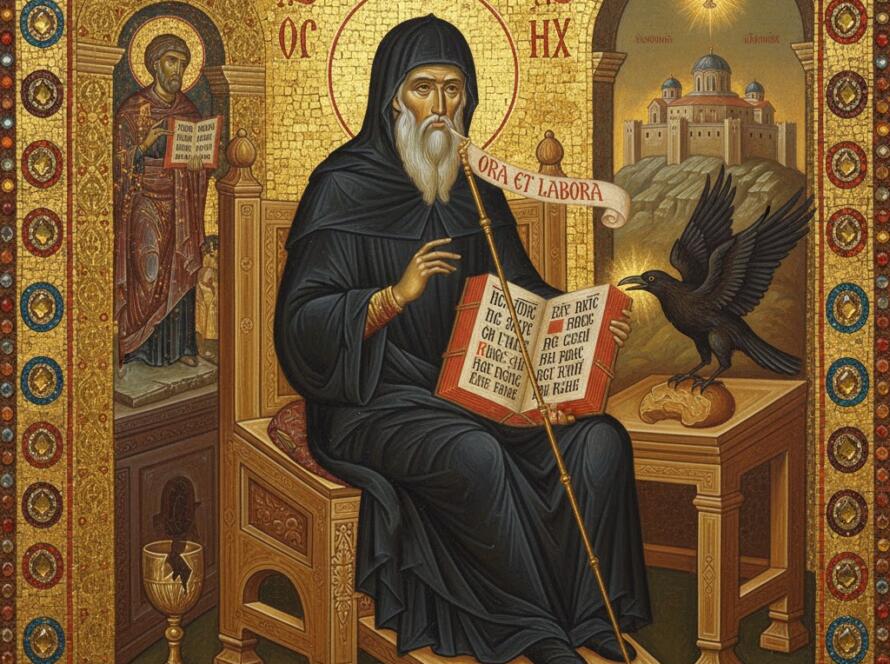Summary
Conclusion
The Feast of Saint Gabriel the Archangel is a celebration of divine communication, prophetic fulfillment, and God’s tender outreach to humanity. As the messenger of the Incarnation, Gabriel reminds believers that God’s promises are faithful, timely, and transformative. Honoring Gabriel is not just about remembering an angelic figure—it is about embracing hope, listening for God’s voice, and trusting in the good news proclaimed from heaven.
“Blessed is she who has believed that the Lord would fulfill his promises to her.” – Luke 1:45
The Feast of Saint Gabriel the Archangel, observed on March 24, is a day of special reverence within the Christian liturgical calendar. Gabriel, one of only three angels named in the Bible (alongside Michael and Raphael), plays a pivotal role as God’s messenger in both the Old and New Testaments. This feast day celebrates Gabriel’s essential part in delivering divine revelations and highlights the importance of angelic presence in God’s plan for humanity.
Gabriel in Scripture
Gabriel appears prominently in several key biblical moments, affirming his role as a divine communicator and herald of salvation.
1. The Book of Daniel
In the Old Testament, Gabriel is mentioned by name in the Book of Daniel, where he explains visions to the prophet:
- Daniel 8:16: “And I heard a man’s voice from the Ulai calling, ‘Gabriel, tell this man the meaning of the vision.’”
- Daniel 9:21: “While I was still in prayer, Gabriel, the man I had seen in the earlier vision, came to me in swift flight…”
Gabriel here serves as a revealer of divine mysteries, helping Daniel understand prophetic visions concerning Israel and the coming Messiah.
2. The Gospel of Luke
Gabriel is most famously known for his appearances in the Gospel of Luke:
- Luke 1:11–20: Gabriel appears to Zechariah in the Temple to announce the birth of John the Baptist. When Zechariah doubts, Gabriel declares his identity and authority:
“I am Gabriel. I stand in the presence of God, and I have been sent to speak to you and to tell you this good news.” (Luke 1:19)
- Luke 1:26–38: Gabriel is sent by God to Nazareth to announce to the Virgin Mary that she will conceive the Son of God:
“The angel went to her and said, ‘Greetings, you who are highly favored! The Lord is with you.’” (Luke 1:28)
This event is commemorated the following day, on March 25, as the Feast of the Annunciation, a key moment in Christian salvation history.
Historical Development of the Feast
The veneration of Saint Gabriel has roots in both the Eastern and Western Churches. In the Roman Catholic Church, his feast was traditionally celebrated alongside Michael and Raphael on September 29 (the Feast of the Archangels). However, in some liturgical calendars and local traditions, Gabriel is given his own day on March 24, the day before the Annunciation, reflecting his role as the angelic messenger to Mary.
The Orthodox Church also honors Gabriel with specific feast days throughout the year, including March 26, July 13, and November 8.
Theological Significance
Gabriel’s role emphasizes God’s closeness to humanity. His messages always herald moments of divine intervention and mercy:
- John the Baptist, the forerunner.
- Jesus Christ, the Savior.
Through Gabriel, God invites humanity into His redemptive plan. He represents communication between heaven and earth, faith in the unseen, and the joy of divine promises fulfilled.
Devotional Practices and Symbols
On this day, many Christians attend Mass or prayer services dedicated to Saint Gabriel. Some traditions include:
- Reciting the Hail Mary or Angelus prayer.
- Reflecting on the Annunciation passage from Luke.
- Displaying icons or statues of Gabriel with a trumpet or lily (symbols of his role).
For those seeking meaningful religious art, items such as the St. George Icon from the Church of the Holy Sepulchre offer powerful reminders of divine messengers and Christian victory.





